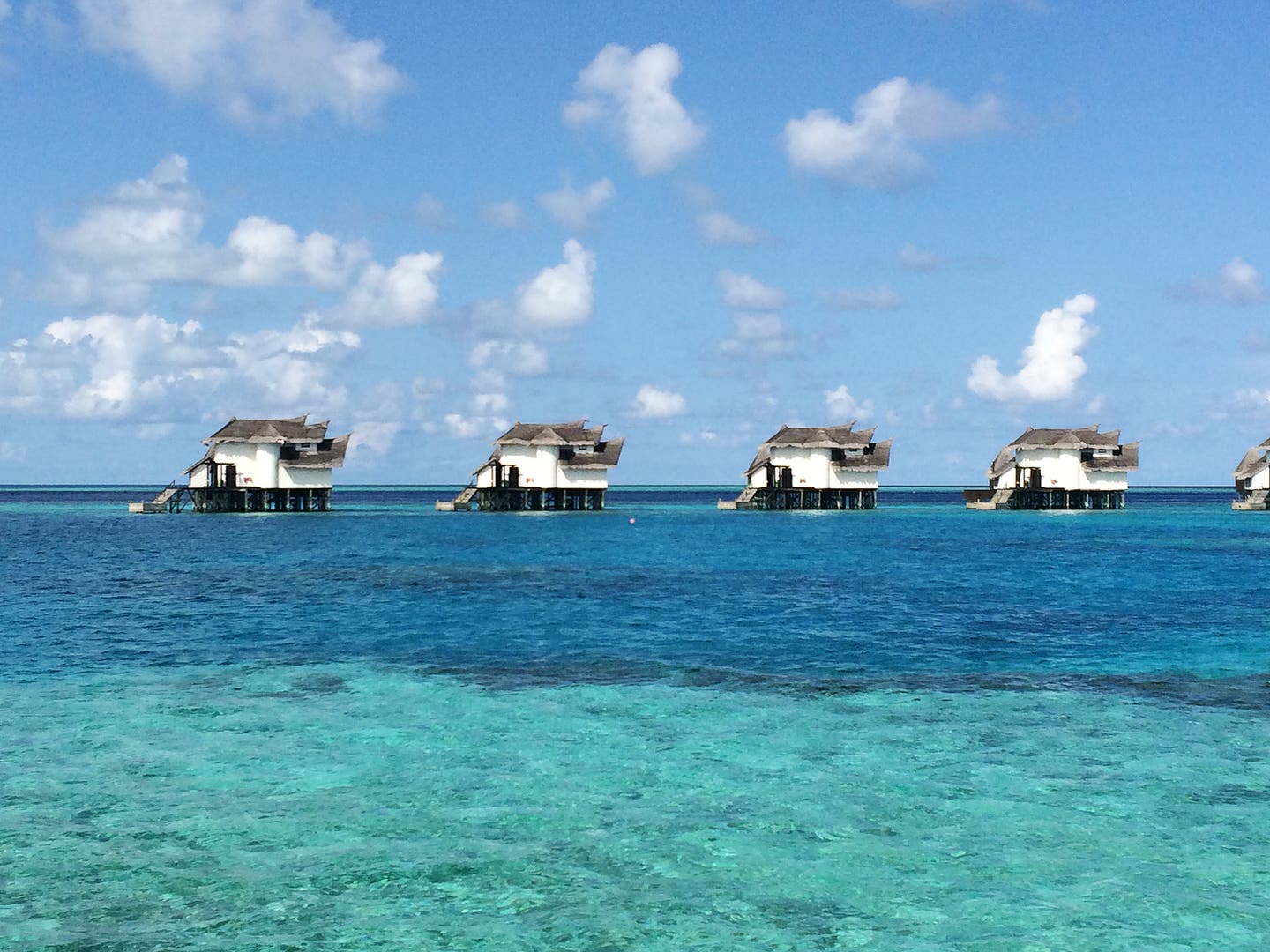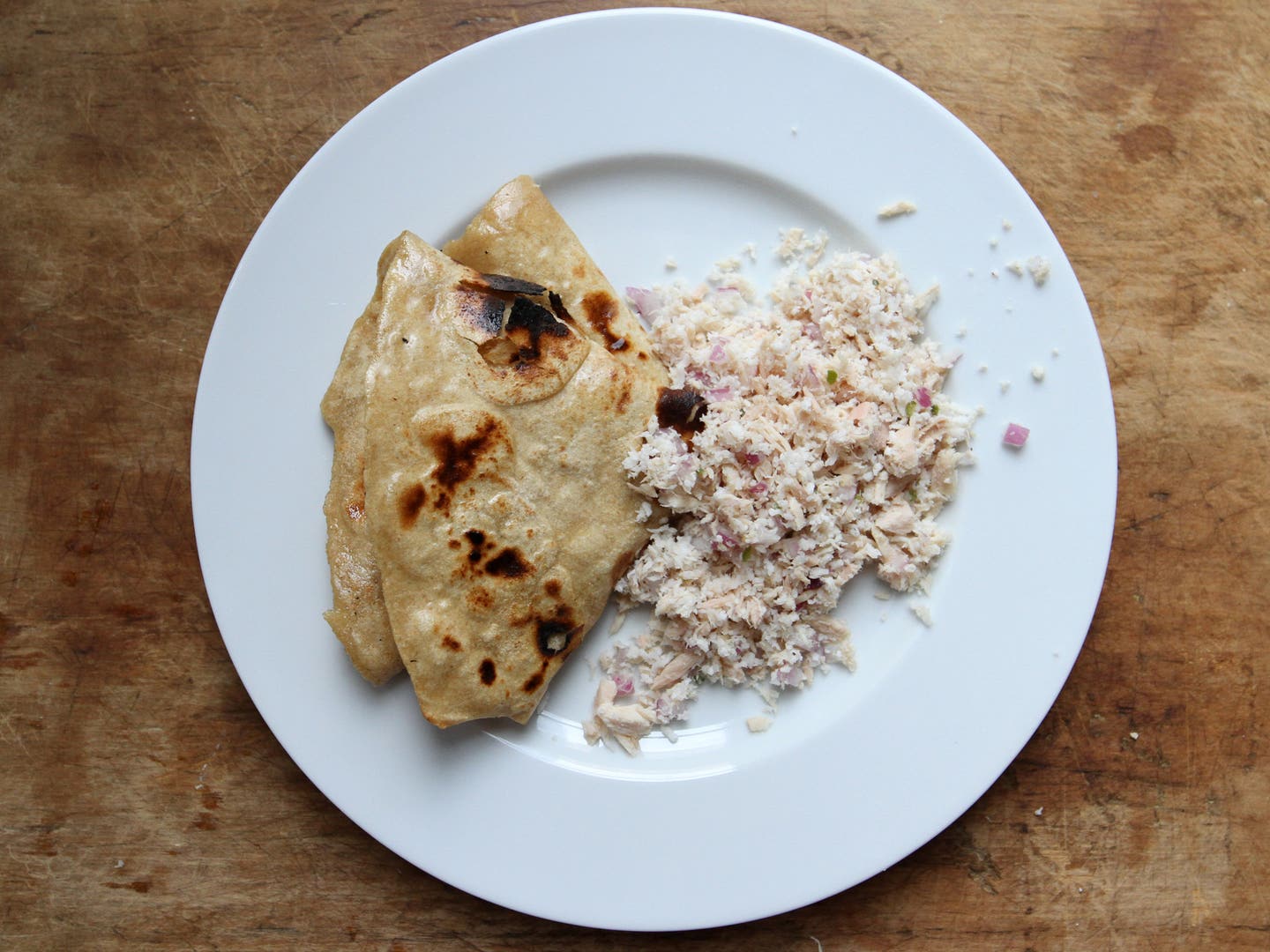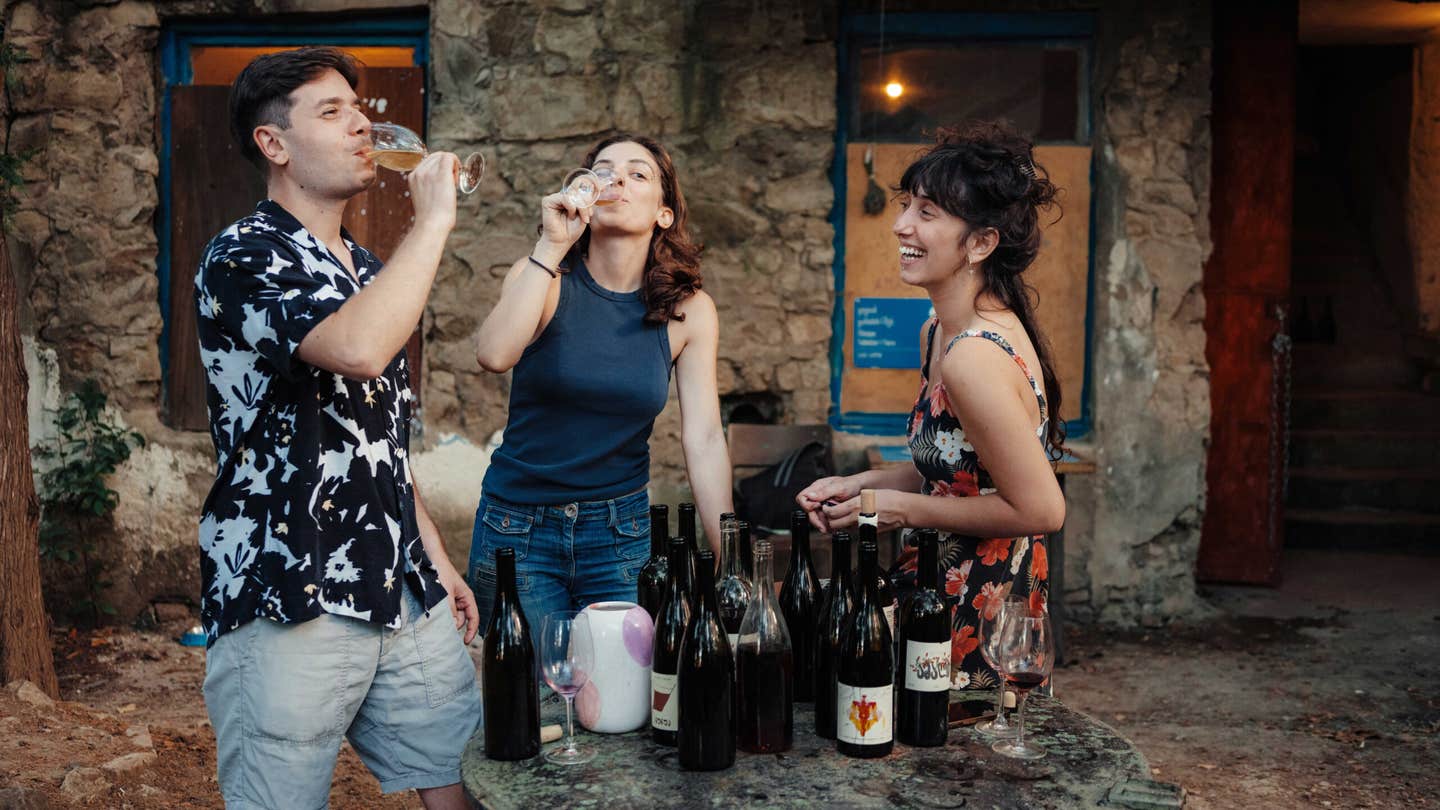
Eating Breakfast in the Maldives
I swatted a fly away as I wiped the sweat dripping from my brow. Man, was it hot. And stuffy. I was on a ferry with my friend, Kate, heading to Guraidhoo island in the Maldives, excited to get to where we needed to be. After spending 2 nights at the luxurious Jumeirah Vitavelli hotel, we were going to a fairly decent local guesthouse. Sure, we could have taken a 45 minute jet boat, but that was $250, and the local ferry was only $2.50. We could handle it.
Almost 4 hours later, we were over it, but thankfully, we had arrived. Maldivian men and women were there to greet their friends and loved ones from the ferry. Kate and I stumbled off, our feet eager to touch land again, and breathed in the fresh sea air. We found our host, who quickly grabbed our bags and walked us along the sandy path to our home for the next two nights.
Located in the Indian Ocean and Arabian Sea, the Maldives is a nation comprised of about 1,200 islands, of which only about 200 are inhabited and another 100 are set up as tourist resorts. The islands are separated into 26 different atolls (rings of islands surrounding lagoons). My friend and I came with one goal in mind: relaxation. With only 6 nights there, we made it our mission to do as little as possible, aside from sipping cold drinks in the sun and snorkeling, then repeating. Truth be told, I didn't know much about Maldivian cuisine, and at the first resort, we ate a lot of what you might expect from a place that didn't have much in terms of restaurant variety (e.g. "international cuisine" suited for a wide range of appetites). It was good, don't get me wrong, but it wasn't traditional food that the locals were eating.
Once we arrived at Guraidhoo, I knew our trip had taken a turn in a very good direction, food-wise. The island was small, without many restaurant options, so the plan was to eat at the guest house for most of our meals. The staff cooked everything in-house, with options such as curry, soups, grilled fish, and fried rice. Definitely different from the options at our last place; just that afternoon, I had eaten a club sandwich poolside.
Dinner that evening was grilled fish with fresh lime juice and fried rice—simple yet flavorful. The staff stood nearby, watching as we ate, filling our water glasses as soon as we put our cups back down on the table.
Maldivan Breakfast (Mas Huni)
Test kitchen director Farideh Sadeghin discovered this simple dish while traveling through the Maldives; although fresh-cooked tuna is ideal, water-packed canned tuna works just as well. Get the recipe for Maldivan Breakfast (Mas Huni) »
The next morning, the plan was more of the usual: relaxing and snorkeling. But first, some breakfast. We entered the reception-slash-dining area, and a breakfast buffet was waiting. Some fresh fruit, slices of white bread and American cheese slices, juices, fresh chapati, and a bowl of what looked like canned tuna. We loaded up on fruit, chapati, and the tuna and sat down. The tuna, it turns out, is called Mas Huni, and it's a very common Maldivian breakfast. Fresh or canned tuna is shredded and mixed with freshly grated coconut, red onion, and chiles and eaten with chapati. It was delicious. Kate and I finished off the bowl (and some fried eggs—doing nothing all day requires lots of energy and fuel) and then another bowl. It was so good, the fresh coconut adding a nice sweetness to the dish, and the chile adding a subtle heat. We were addicted.
We went to a deserted beach that day, swam, snorkeled, and read our books. The next day, and every other morning we were in the Maldives, we ate Mas Huni for breakfast. And now that I'm back from vacation, I'm still making it. The only thing missing is the crystal clear water and my snorkel, but I'll survive.
Keep Reading
Continue to Next Story











